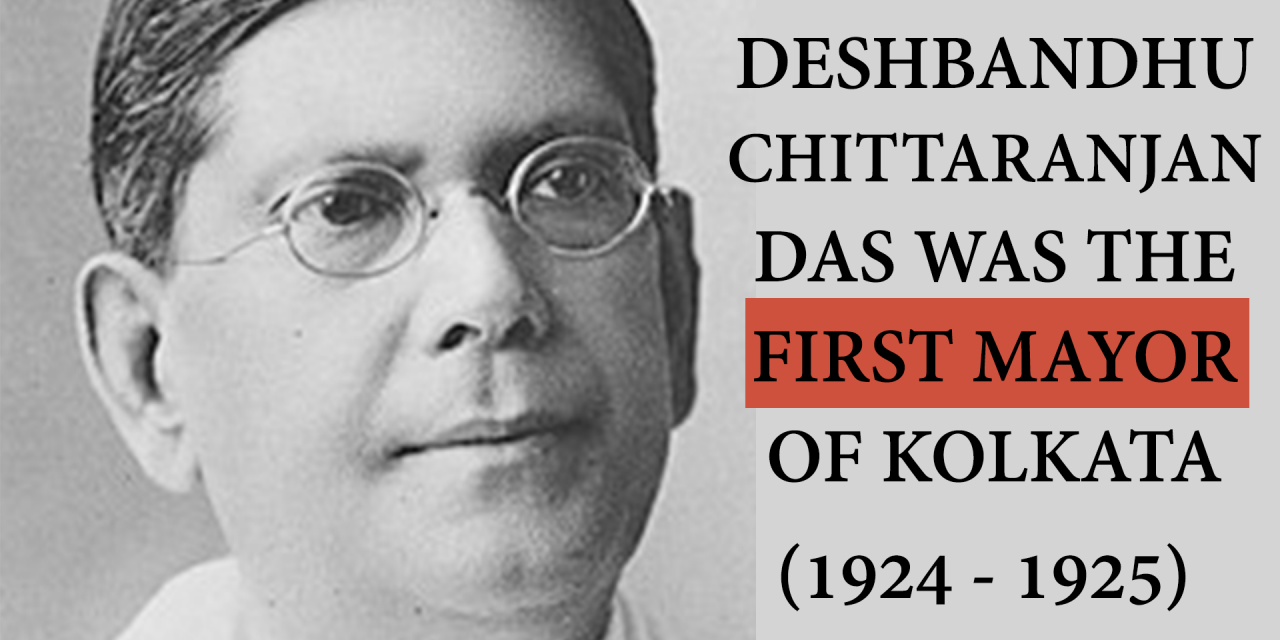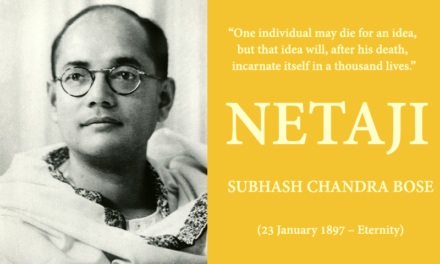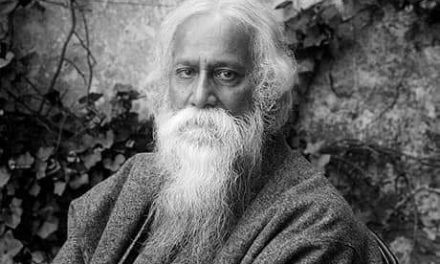Chittaranjan Das popularly known as ‘Deshbandhu’ was a leading politician, visionary lawyer, a patron of the Indian National Movement, founder of Swaraj Party and a prominent leader of Indian National Congress.
C.R.Das was born in November 5, 1870. His father Bhuban Mohan Das was a famous lawyer and the editor of ‘The Brahmo…public opinion ‘. They were from a well known family of Bikeampur, Dhaka in Bengal now a part of Munshiganj district of Bangladesh. His uncle was Durga Mohan Das, founder of ‘Barisal Brahma Samaj’, a prominent leader and a social reformer. His grandfather Kashiswar Das, father Bhuban Mohan and uncles Kali Mohan and Durga Mohan all were senior advocates/lawyers of Calcutta High Court. Atul Prashad Sen, the famous music composer and poet was his cousin. His another cousin Satish Ranjan Das was the advocate general of Bengal. Among his other cousins were Sudhi Ranjan Das, the 5th Chief Justice of India, Sarala Roy, the founder of Gokhaile Memorial School, Abala Basu, the wife of Jagadish Chandra Basu were all very famous Bengali personalities.
C. R. Das graduated from Presidency College in 1890. He joined the Inner Temple. It is a professional legal association in the UK for barristers and judges. To be called to the bar and practise as a barrister in England and Wales a person must belong to one of these ‘inns of court’.
However C.R.Das returned to India in 1893 and started practicing law in Calcutta High Court. He successfully defended Aurobindo Ghosh on charges of involvement in Alipore Bomb Case in 1905 and became very popular.
C.R.Das from his young age was a patriot. During his college days he was a member of the student wing of Indian Association where famous nationalist leaders like Surendranath Bandopadhyay, Ananda Mohan Basu used to give speeches. Moreover it was during this time that he got acquainted with well known freedom fighters. I pin Chandra Paul and Aurobindo Ghosh and started the editorial job of ‘Bande Mataram’ magazine.
His love for his country can be felt by so many factors. He had a close connection with ‘Anushilan Samitee’. When Prathamanath Mitra, the president of Anushilan Samitee was preaching the idea of patriotism among the youths, C,R.Das also took the membership.
It was during 1917 to 1925 that he was most active in Indian politics. In the year 1917 he became the president of Bengal Provincial Conference. His objectives were:
a) Rural Economic Revival
b) Cooperative Society
c) Local Self Governance
d) Revival of Cottage Industry
Amidst this time, he used to regularly attain all the sessions and meetings of Indian National Congress. Bitterly opposing British rule in India and rejecting all ideas of political or economic development of India along western lines, he idealised the life of ancient Indian village and saw a golden age in ancient Indian history. He supported the non cooperation movement launched against the British rule by Mahatma Gandhi and in 1921 was imprisoned for six months as a political offender. In 1922 he became the president of Indian National Congress. Under his leadership Congress abandoned its intention to boycott colonially sponsored elections for provincial councils. It decided instead to participate in order to seek positions that would permit them to obstruct governmental business from within. But this resolution was opposed by the Gandhi faction of Indian National Congress in Goa Congress session of 1922. After that C.R.Das resigned from the presidentship and created Swaraj Party.
Swaraj Party gained huge popularity in Bengal and in different other parts of India. In 1924, Swaraj party won the elections of Calcutta Corporation and C.R.Das became the first elected mayor.
C.R.Das was a supporter of Hindu Muslim communal harmony because he understood it is very difficult to attain freedom without the collective support of both the communities. In 1929 he initiated ‘Communal Pact’ to ensure permanent peace between the two communities.
C.R.Das…as a litterateur and poet
During the volatile period of Swadeshi movement, C.R.Das wrote two volumes of his poem ‘Malancha’ and ‘Mala and published them. In 1913 ‘ Sagar Sangeet was published.Rishi Aurobindo was in Pondicherry and in much need of financial support. C.R.Das send him one thousand rupees as a token of his support for an english translation of a poem. He also started a monthly magazine named ‘Narayana’ and many famous writers such as Sarat Chandra Chattapadhyay, Bipun Chandra Pal and Hariprashad Shastri contributed to their writings. C.R.Das played an important part in uniting the culture of India with that of the west. To synchronise both in such a wY that the best can be taken from both.
Due to overwork his health began detoriate. He went to Darjeeling for the betterment but did not recover. On 16th June 1925 he died with a severe fever. However a special arrangement was made to bring his body by train to Calcutta and his last rites took place in Keoratala Crematorium in Calcutta.
The great poet Rabindranath Tagore penned a verse that immortalised the great leader in the history of Indian National movement.
এনেছিলে সাথে করে মৃত্যুহীন প্রাণ
মরণে তাহাই তুমি করে গেলে দান।
















